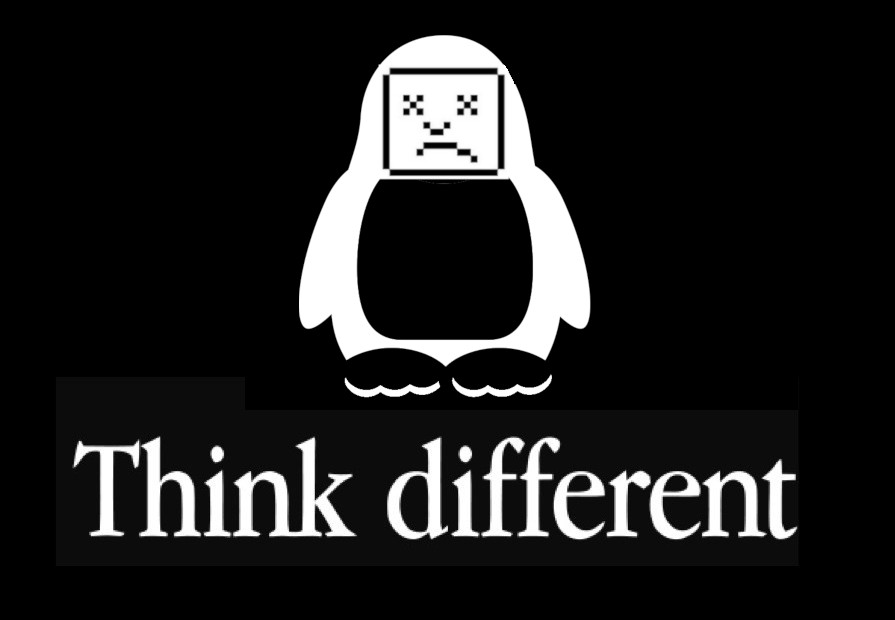
Locking bootloaders with trusted computing is an important step towards protecting users from some of the most devastating malware attacks: by allowing the user to verify their computing environment, trusted computing can prevent compromises to operating systems and other low-level parts of their computer’s operating environment.
But as with every security measure, there’s a difference between “secure for the user” and “secure against the user.” Bootloader protection that doesn’t allow an owner to decide which signatures they trust is security against the user: security that prevents the user from overriding the manufacturer, and so allows the manufacturer to lock the user in.
Apple’s latest bootloader protection, the controversial T2 chip, is a good example of this. The chip comes with a user-inaccessible root of trust that allows for the installation of Apple and Microsoft operating systems, but not GNU/Linux and other open and free alternatives.
There’s no reason it has to be this way: Google’s flagship Pixel Chromebooks come with hardware switches that can be activated during the bootup to allow their owners to change which signatures the system trusts (users can initialize these systems with passwords that prevent others from covertly altering the trusted root later). This gives users the best of both worlds: a system that, by default, protects them from malware, and, with should the user choose, allows them to nominate parties other than Google to decide whom they trust.
To make things worse, publishing tools to allow for bootloader overrides is legally risky under section 1201 of the DMCA, which provides for 5 year prison sentences and $500,000 fines (for a first offense) for anyone who trafficks in tools to override access controls for copyrighted works.
Apple’s T2 documentation makes it clear and explicitly mentions Linux:
NOTE: There is currently no trust provided for the the Microsoft Corporation UEFI CA 2011, which would allow verification of code signed by Microsoft partners. This UEFI CA is commonly used to verify the authenticity of bootloaders for other operating systems such as Linux variants.
In other words, until Apple decides to add this certificate or the T2 chip otherwise is cracked so it could be fully disabled or allowed to load arbitrary keys, good luck even being able to boot Linux distributions on the new Apple hardware.
Gorgeous, illustrated Japanese fireworks catalogs from the early 1900s
The Yokohama Board of Education has posted scans of six fantastic catalogs from Hirayama Fireworks and Yokoi Fireworks, dating from the early 1900s. The illustrated catalogs are superb, with minimal words: just beautiful colored drawings depicting the burst-pattern from each rocket.
READ THE REST
Evolutionary Space Invaders: shoot the aliens as a genetic algorithm modifies them
InvaderZ is a Space Invaders variant that incorporates a genetic algorithm that mutates the invaders as you shoot at them, with survival for a fitness function: the longer an invader lasts before being blasted out of the sky, the more its behaviors are carried over into the next wave (here’s a playable live version). (via […]
READ THE REST
Analyst: Apple’s poor earnings will recover now they’ve switched from innovating to rent-seeking
Apple just had a really poor Q3 earnings report, with hardware sales falling off as people figure out that they just don’t need to get a new phone every year or so; writing in Bloomberg, Leonid Bershidsky tries to soothe investors by pointing out that Apple is still seeing growth in “services” and that there’s […]
READ THE REST
Write with a pen, save your notes online with this futuristic notebook
Note-taking just caught up to the digital age. For most of us, writing freehand is quicker and more convenient than pecking away on a tablet, but what to do when you need those scribbles on file? Grab a Rocketbook Everlast Reusable Notebook, which seamlessly fuses analog and digital notes. Just jot down your thoughts, journals […]
READ THE REST
Easily create professional-grade 2D animation from any image
Remember the cartoons of your youth? There’s a good reason. Nothing sparks the imagination like well-done animation. And whether you need a logo in motion or just want to bring your own imagination to life, CrazyTalk Animator 3 Pro is the tool that can take you there. Easy enough for casual users but with all […]
READ THE REST
Subscribe to Scribd for unlimited access to books, articles and more
For readers, Scribd has long been a fount of content, and it’s only growing. With 40 million titles to choose from, this service has plenty to offer to its more than 750,000 subscribers. Whether you’re into audiobooks, novels, nonfiction or magazines, Scribd is the only subscription service with access to titles from all “Big 5” global […]















